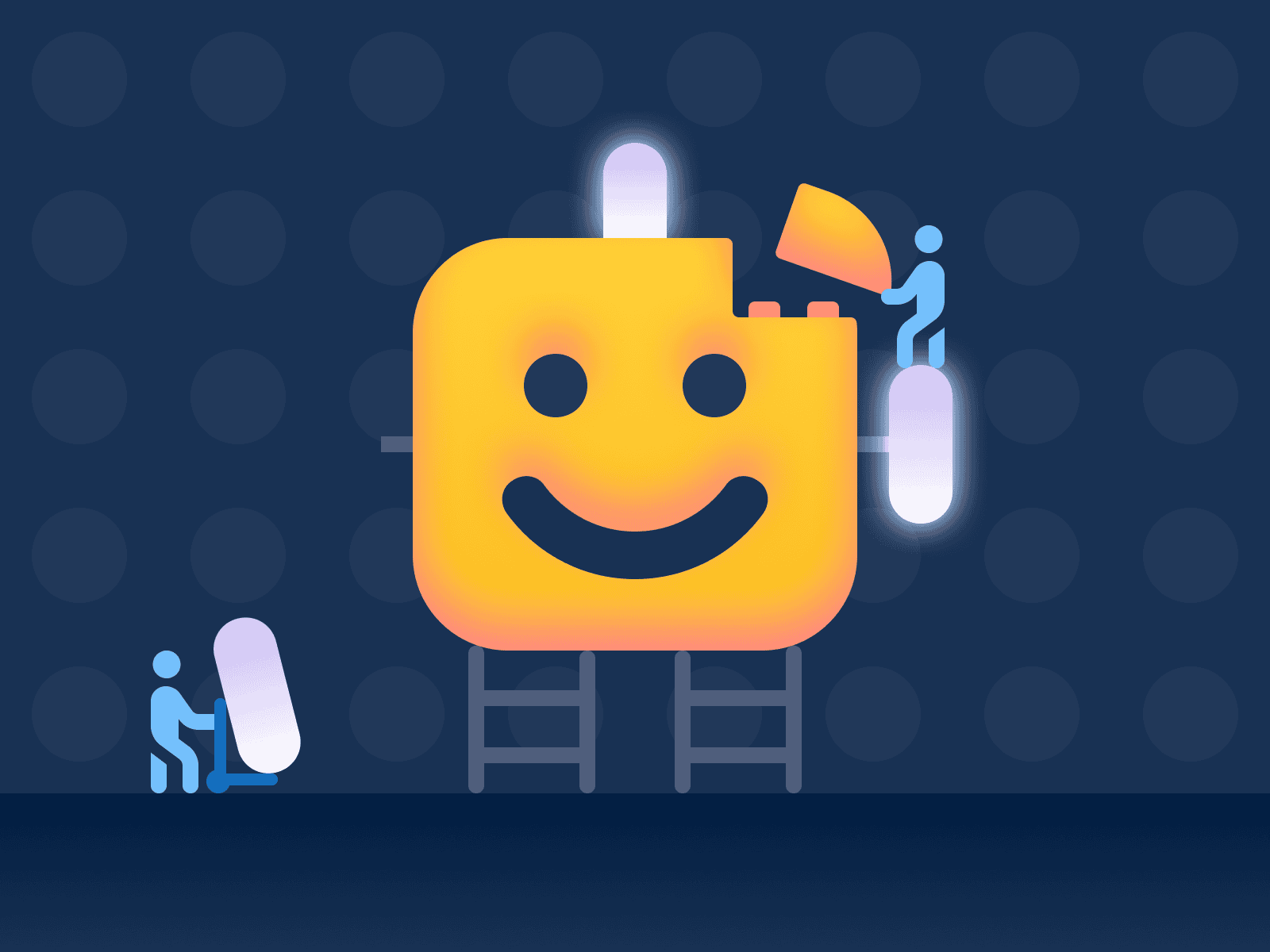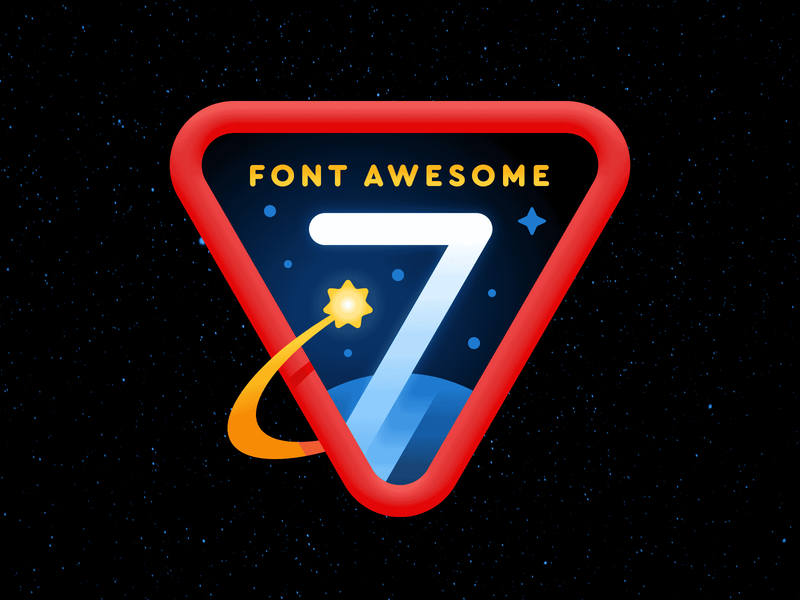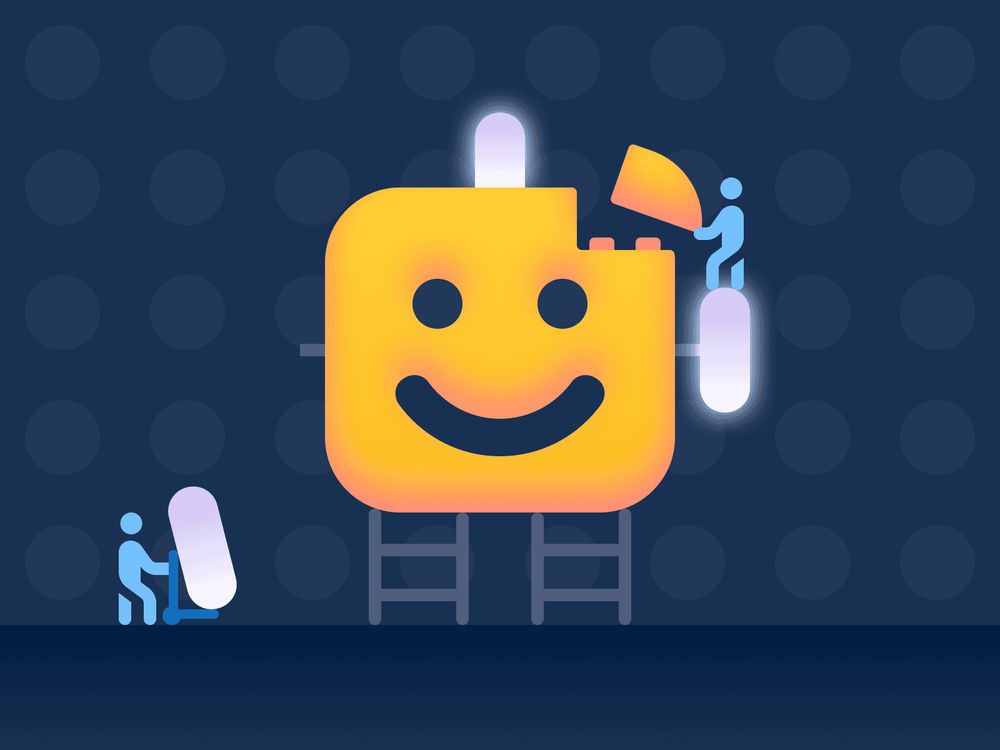EverythingSimplicity is Awesome!
I would have never guessed that coaching my kid’s LEGO League team would remind me of everything I ever learned about engineering simplicity for startups. But here we are. As it turns out, third graders and software startups have a lot in common when it comes to problem-solving. Putting these two worlds together highlighted a surprising commonality and lesson that I keep learning over and over. Simplicity isn’t just for kids or robots. It’s a mindset. Whether it’s streamlining a clunky product flow or helping a group of nine-year-olds debug their code, the same principle applies. So. The big takeaway for me was …
In engineering, boring is best.
Simplicity means stripping away unnecessary complexity, trusting collaboration over ego, and focusing on what actually works, not just what looks impressive.
The LEGO League epiphany: Simple solutions win, every time.
But before we get too far off track, first, what is LEGO League? Well, it isn’t just a kids club for playing with toy bricks; it’s basically a kids’ engineering boot camp in disguise. Every year, teams build and program robots using LEGO’s Spike Prime kit, and they put their robots through the paces by putting them through a series of challenges. The goal is for the kids to solve as many missions as possible in a set amount of time, using the robot they design.
As a first-year LEGO League coach, I noticed a trend right off the bat: Often teams would go all-in on fancy, intricate designs with extra motors, sensors, and moving parts. Meanwhile, I was coaching my group of fresh-faced rookies to lean into something different: Brutal simplicity.
Instead of designing fancy, complicated contraptions, I led the kids to ask themselves, what’s the absolute simplest way to do this? Instead of crafting delicate, gear-based extensions, which caused robots to just … run into things, we used an inclined plane and let physics do the work. While other teams wasted time messing around with over-engineered features, our little robot reliably knocked out mission after mission.
And in the end, our team took second place out of 23 teams. Not bad for a group of first-year third graders!

The Startup Culture Parallel: Why Engineering Simplicity for Startups Matters
This LEGO League lesson reminded me of something I first noticed back at MIT: engineers (myself included) often over-complicate things unnecessarily. In my robotics class at MIT, I saw teammates designing elaborate, wall-crawling robots for a competition instead of creating a robot that could simply and reliably drive across an open field.
It makes sense. Young undergrads are often trying to prove themselves so they shoot way past the target. But I see educated entrepreneurs post-college making the same mistakes in startups, software, and product design, too. It’s not uncommon for engineers to fall in love with complex, fancy tech stacks, cutting-edge frameworks, or shiny, slick (but ultimately) unnecessary features. It’s easy to justify exciting innovation. But the problem is, overcomplexity doesn’t end up serving the needs of users.
And elegance and complexity doesn’t matter if it doesn’t work reliably.
In my experience, the best solutions aren’t ever fancy; they’re the ones that deliver. Consistently, simply, all while minimizing friction. That’s why, at Font Awesome, we’re wary of the fanciest new tech. We’re a people-first software company. We start with what actually makes things easier for people to use and work backward from there.
The mindset of engineering simplicity for startups isn’t about playing it safe. It’s about solving the right problems with clarity and intention.

Boring is Best™ (and That’s a Good Thing)
So, back to the LEGO League. The judges definitely had their categories straight. They weren’t just scoring the kids’ robots for technical ability, they were also looking at the design philosophy behind the builds. And when my team explained their approach — simple, reliable, robust (of course explained the way an elementary school kid would say it) — everything started to click.
I’d come up with a phrase that I thought encapsulated our team’s approach: “Boring is Best.” Initially the kids didn’t want to use that phrase because they thought it would convey that they weren’t having fun. Noted. It was ultimately their project, not mine. While the kids opted to not use my slogan, the spirit of the approach still shone through. I still think it’s a great marketing phrase. Boring is Best™. It’s got a ring to it!
The big idea behind that phrase is that the best engineers aren’t the ones making the flashiest, most complicated tech; they’re the ones solving real, human problems in the simplest way possible. They understand that the goal isn’t to impress themselves, but to build something useful for others that solves real-world problems.

The 80/20 Rule: Ship Before You’re Ready (and Risk Embarrassment)
If you’re an engineer, designer, or startup founder, you’re probably wrong about half of what you think is a good idea. That might sound harsh, but I’ve found it’s definitely true. Coming to terms with that takes some humility. But the trick isn’t trying to be 100% right all the time. It’s figuring out which half you’re wrong about as quickly as possible.
Enter the 80/20 rule: Get 80% of the solution knocked out in 20% of the time, ship it, get feedback, and iterate. The alternative is to spend 5x the time perfecting something, only to realize half of it wasn’t necessary in the first place.
“If you’re not at least a little embarrassed by what you launch, you waited too long.” (That’s a classic startup mantra for a reason.)
In software development, this means launching early, iterating fast, and constantly refining based on real user feedback, rather than your assumptions. It’s the same mindset that drove our LEGO League team: skip the bells and whistles, focus on what works.

The Big Takeaway: Engineering Simplicity for Startups Works
What started as a fun extracurricular activity for my kiddos turned into a pint-sized engineering masterclass. And here’s what I (re)learned (hopefully the kids learned something of lasting value, too):
- Simplicity wins. Every time. If your solution can be simpler, make it so.
- Over-engineering is tempting but deadly. Don’t build something complicated just because you can.
- Empathy is everything. Solve real problems for real people — not just make cool tech.
- Iteration beats perfection. Get something useful out into the world, and improve it over time.
The Boring is Best™ philosophy isn’t just a fun mantra for LEGO League, it applies to everything from robotics to startup culture to product design. If you focus relentlessly on what works for users (not what looks impressive to you), you’ll be shocked at how much further you get.
If all else fails, just remember: Boring is Best™.
Want to learn more? Check out the full conversation on Podcast Awesome!



